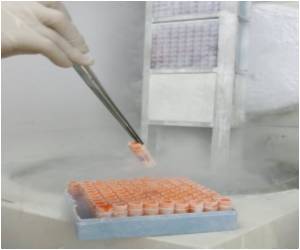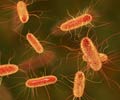Scientists have come closer to the understanding of how a E. coli clone described as the most important of its kind to cause human infections, has spread across the world in a very short time.

Their findings, published today in the prestigious Proceedings of the National Academy of Sciences (PNAS) USA, have two significant potential outcomes: the first and in the short term, enhanced screening of patients with either urinary tract or blood stream infection, so that those with ST131 receive appropriate treatment and management (ensuring that our most potent antibiotics are only used to treat severe infections caused by these resistant bacteria); and in the long term, the potential for the development of vaccines and other ways to control infection specific to this clone.
No one knows where or when ST131 came into being, but it is one of the most successful of its kind in terms of spread and invasiveness. It has become effective at causing infections and resisting antibiotics because it continually exchanges bits of DNA with other bacteria, a clever process which also gives it specific ways of hiding from the body's immune system.
The research team used genome sequencing to analyse strains of ST131 from six distinct geographical locations across the world spanning 2000 to 2011. Their work shows that, despite such a large geographical spread, the ST131 clone of E. coli came from a single ancestor, prior to the year 2000.
By isolating ST131's progression in this way, and understanding how it has been able to thrive, work can begin on the development of effective screening and vaccination strategies.
Dr. Mathew Upton, who led the study from Plymouth University, said: "The Chief Medical Officer has stated that antibiotic resistance is one of the leading threats to human health. We need to ensure that patients are treated, but we also need to be certain that we use the most appropriate antibiotic for the job. In a condition such as urinary tract infection, most patients will receive a 'best guess' diagnosis and treatment from their GP. While most will react favourably to the antibiotics they are given, others will not and in this case a possible culprit is E. coli ST131."
Advertisement
"In time we can also use our findings to develop vaccines that are specific to ST131, but this solution is some years away."
Advertisement
Source-Eurekalert










